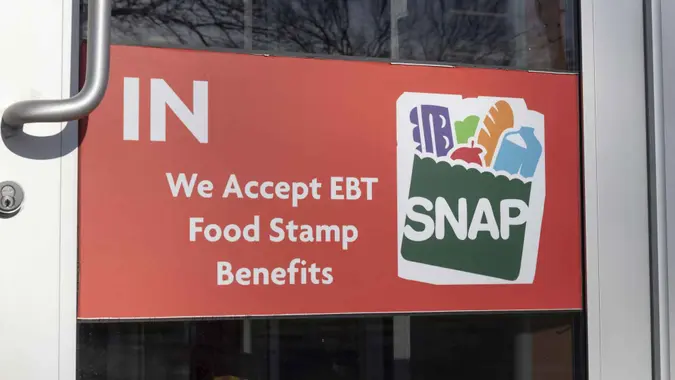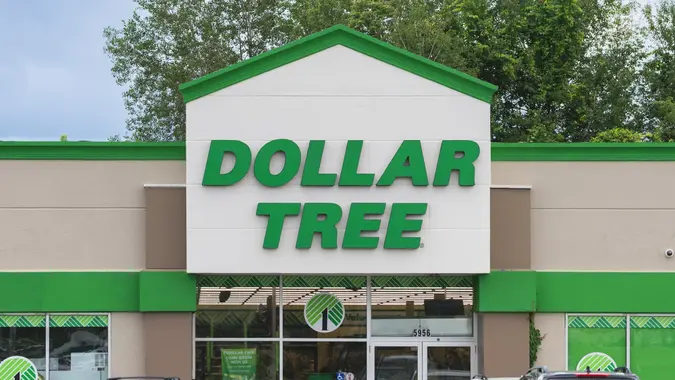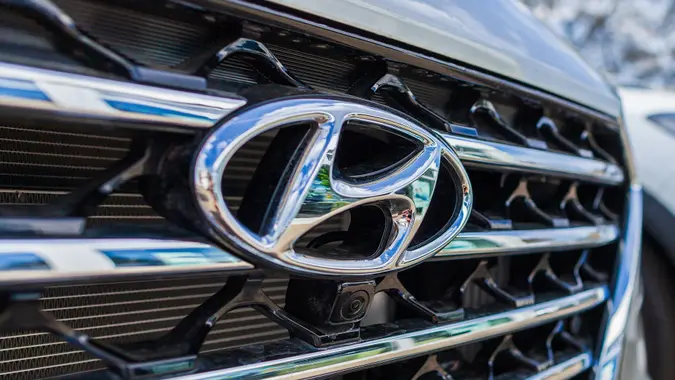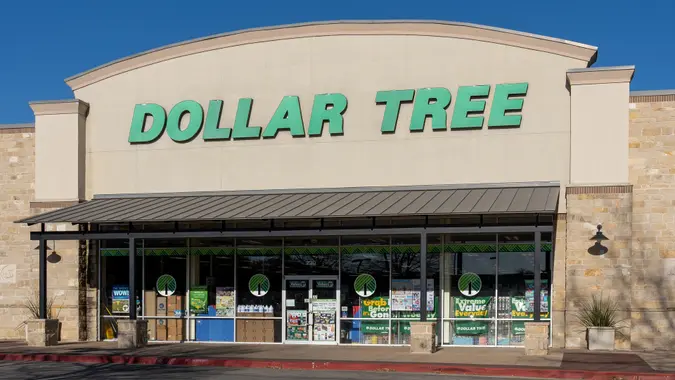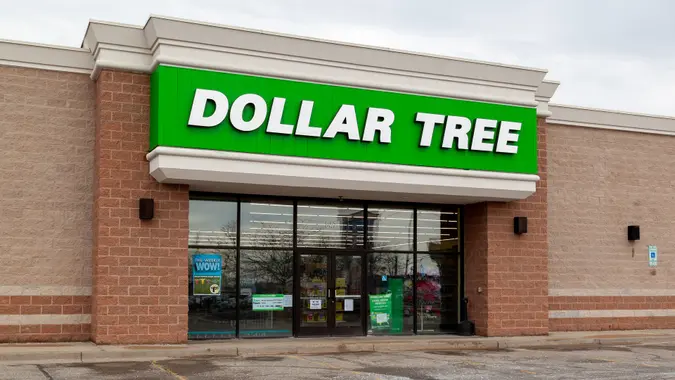Leasing a Car Can Be Smart — If You Follow These 3 Rules

Commitment to Our Readers
GOBankingRates' editorial team is committed to bringing you unbiased reviews and information. We use data-driven methodologies to evaluate financial products and services - our reviews and ratings are not influenced by advertisers. You can read more about our editorial guidelines and our products and services review methodology.

20 Years
Helping You Live Richer

Reviewed
by Experts

Trusted by
Millions of Readers
Leasing is usually a good fit for drivers who don’t want the hassle of long-term ownership and enjoy driving a new vehicle every few years. Generally, you will be paying the same amount each month on a current-year vehicle with a warranty of 24 to 36 months. At the end of the lease, you can decide to buy the vehicle or give the car back.
When leasing a car, it can be easy to overpay or get locked into terms that don’t work in your favor. But when armed with the right knowledge and a few essential rules, you can make it a practical and cost-effective choice.
CarEdge CEO Zach Shefska offered some vital information that can make leasing a vehicle a smart financial decision, including how to avoid some of the problems that may arise.
Negotiate the Price
Shefska explained that you should negotiate the selling price (capitalized cost) of the car you want to lease. If the price is lower, then your monthly payment will be lower, and you will have lower depreciation during the leasing term. If you want to see what the depreciation and base payment would look like for the car you are interested in, use the following formulas from South East Toyota Finance.
- Selling Price – Residual Value = Depreciation
- Depreciation ÷ Lease Term = Base Payment
According to Consumer Reports (CR), consumers should remember that the purchase-option price, mileage limit and downpayment can also be negotiated. Also, the more money you put down, the less your finance charges will be. CR also stated that the lease rate is determined by each individual’s credit score.
Check the Residual Value
According to Car and Driver, a vehicle’s residual value is its estimated worth at the end of the lease term. When checking the residual value, consumers should know that it comes from a percentage of the MSRP, not the negotiated price, and it dictates your monthly payment and buyout amount. If the residual value is higher, then the monthly payment will be lower, but the buyout price will be higher. The following factors are considered when determining the residual value: mileage of the car, safety ratings and the vehicle’s make, model and year.
Choose Manufacturer-Backed Financing
Manufacturer-backed financing may be the easiest choice for consumers who want to lease a car without the hassle of complicated negotiations. Car dealers and manufacturers usually have special rates and incentives like lease deals, low-interest financing and cash rebates to attract consumers. Each dealership will have its own contract with manufacturers that may affect a new car model’s price, so be sure to research the vehicle you want. Dealership prices will be higher or lower depending on which dealership you are interested in purchasing a vehicle.
 Written by
Written by  Edited by
Edited by 



